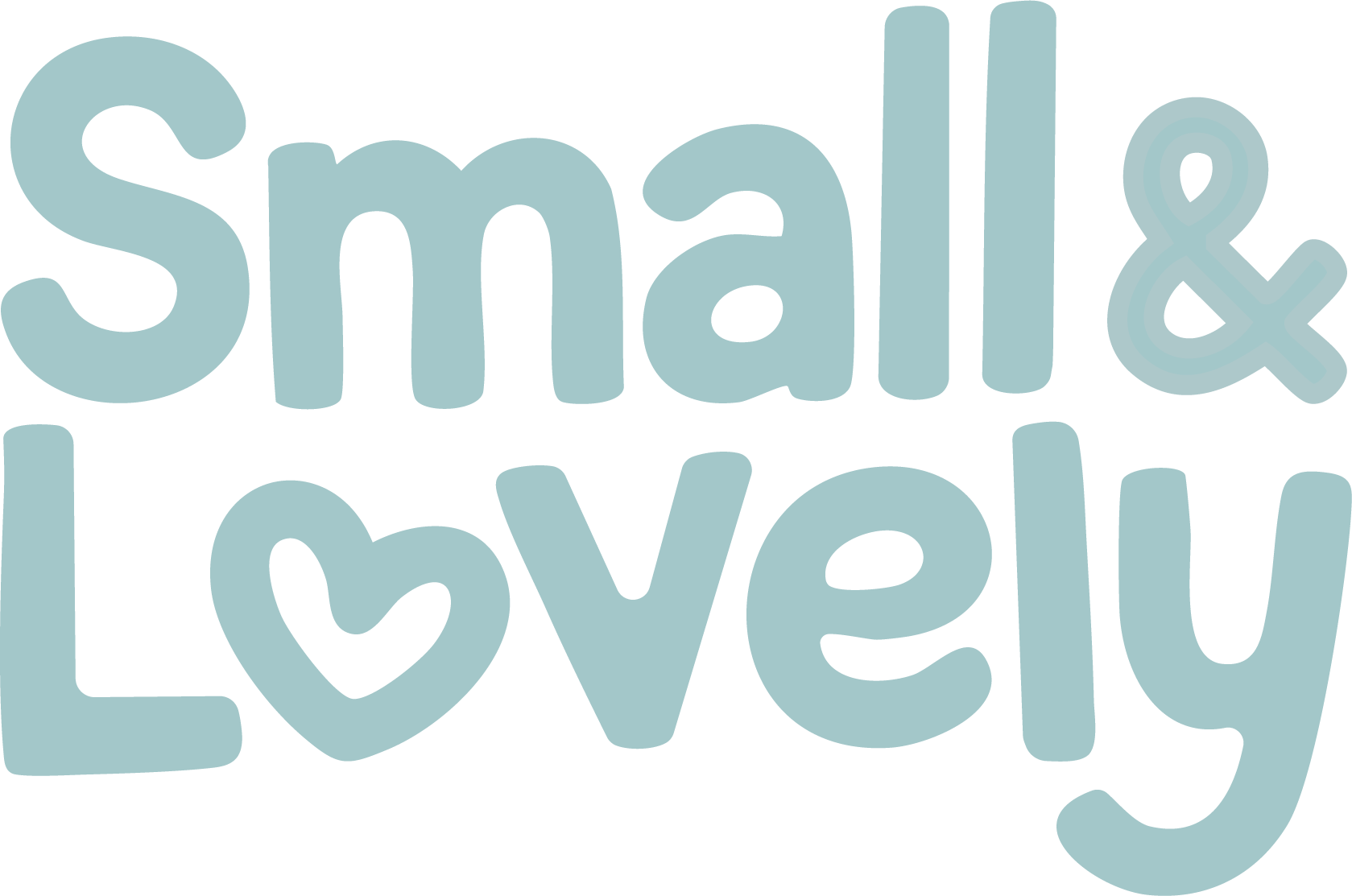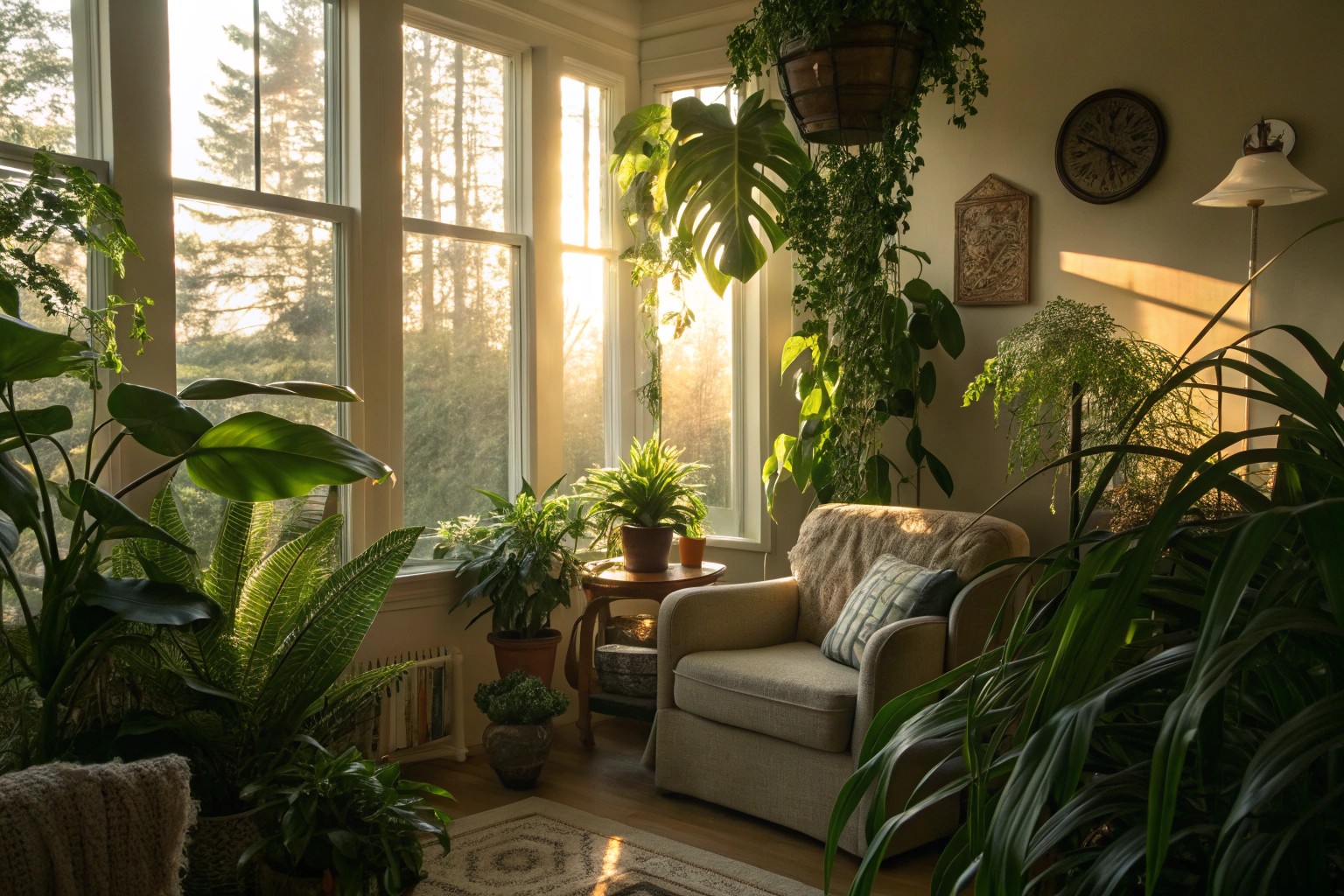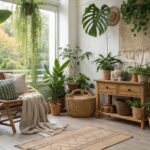Before diving into the wealth of creative possibilities, I want to emphasize that repurposing isn’t just a trend—it’s a meaningful approach to design that reduces environmental impact while creating spaces with authentic character and history. In my 15 years of transforming spaces, I’ve seen firsthand how repurposed items bring uniqueness that mass-produced pieces simply cannot match.
The Repurposing Mindset: Seeing Potential in the Overlooked
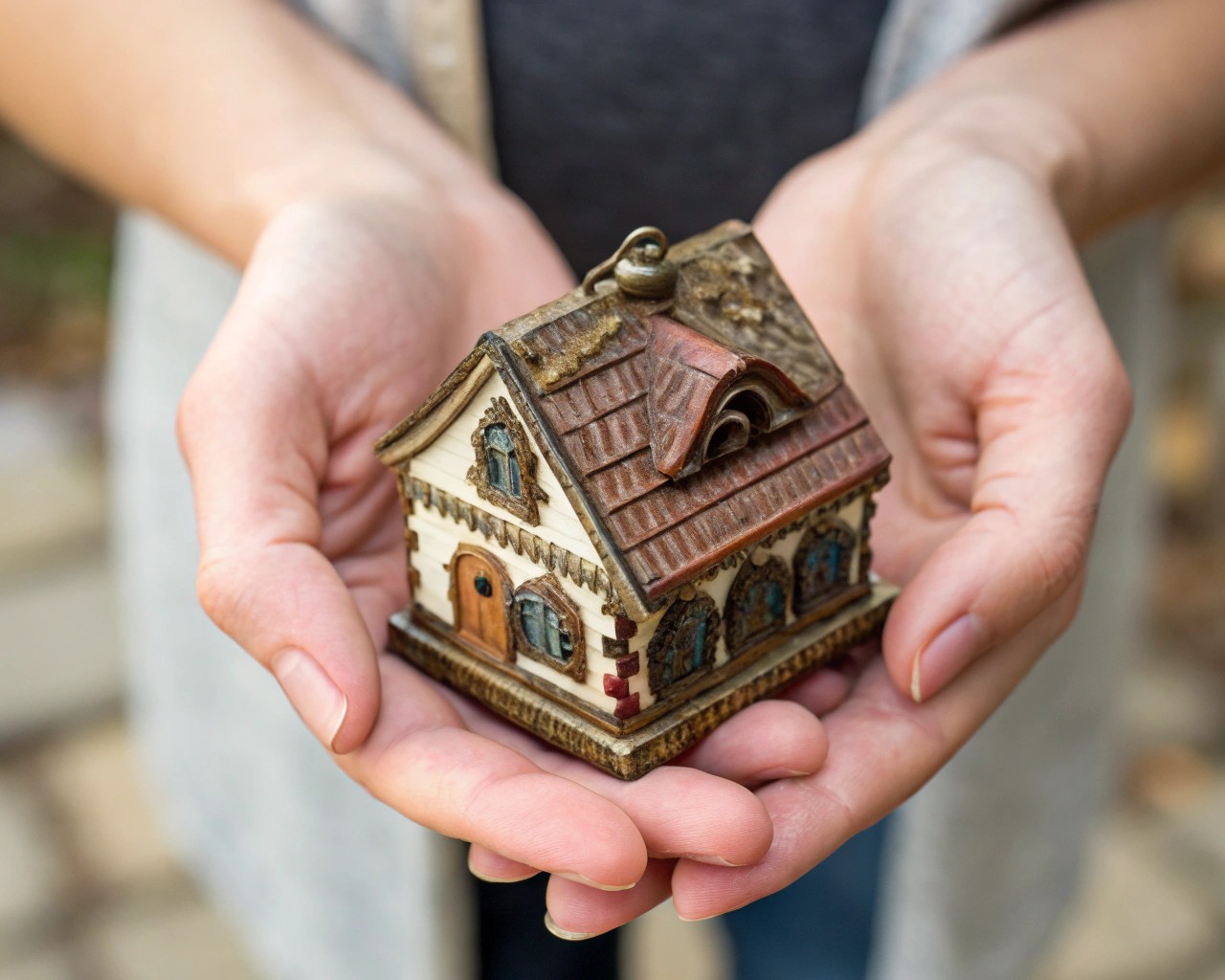
The first step in your repurposing journey is developing what I call “transformation vision”—the ability to see beyond an item’s original purpose. This involves pausing to observe surroundings and considering the potential for reuse in seemingly ordinary objects before discarding them, recognizing that many things can find a new purpose for the greater good.
When evaluating items for repurposing potential, consider these factors:
- Structural integrity: Is the item solid enough for a new purpose?
- Material quality: Natural materials like wood, metal, and glass typically offer the most versatility
- Aesthetic potential: Even damaged items might have elements worth salvaging
- Functional possibilities: Could it serve a different purpose with minimal modification?
You don’t need a workshop full of specialized tools to begin. Most successful projects require just a few essentials:
| Tool Category | Must-Haves | Nice-to-Haves |
|---|---|---|
| Hand Tools | Hammer, screwdriver set, pliers | Pry bar, hand saw, chisel set |
| Power Tools | Drill with bit set | Circular saw, sander, jigsaw |
| Fasteners | Assorted nails, screws, wood glue | Liquid nails, specialty fasteners |
| Finishing | Sandpaper (various grits), paint brushes | Spray gun, stains, sealants |
| Protection | Safety glasses, work gloves | Dust mask, ear protection |
Living Room Transformations: From Discarded to Distinguished
Creative Furniture Solutions

The living room offers countless opportunities for repurposing, from statement furniture to subtle accent pieces.
Wooden crates, for instance, can become modular shelving. By stacking them creatively, securing them for stability, and perhaps painting them to match the room’s decor, you create a customizable storage solution adaptable to various spaces.
We recently helped a client transform an inherited steamer trunk into a stunning coffee table by adding casters for mobility and a glass top for functionality. Not only did this preserve a family heirloom, but it also created a conversation piece with built-in storage.
Old trunks frequently serve as excellent coffee tables, offering hidden storage. For example, adding legs to an old trunk can elevate it to table height, making it suitable for indoor or patio use.
Unexpected Wall Art
For wall décor, think beyond conventional artwork:
- Frame fabric scraps, vintage scarves, or maps
- Mount collections of everyday objects (antique kitchen tools, vintage cameras)
- Creating collages from scraps of fabric, paper, or wood
Kitchen and Dining Reimagined: Functional Character
Cabinet Transformations
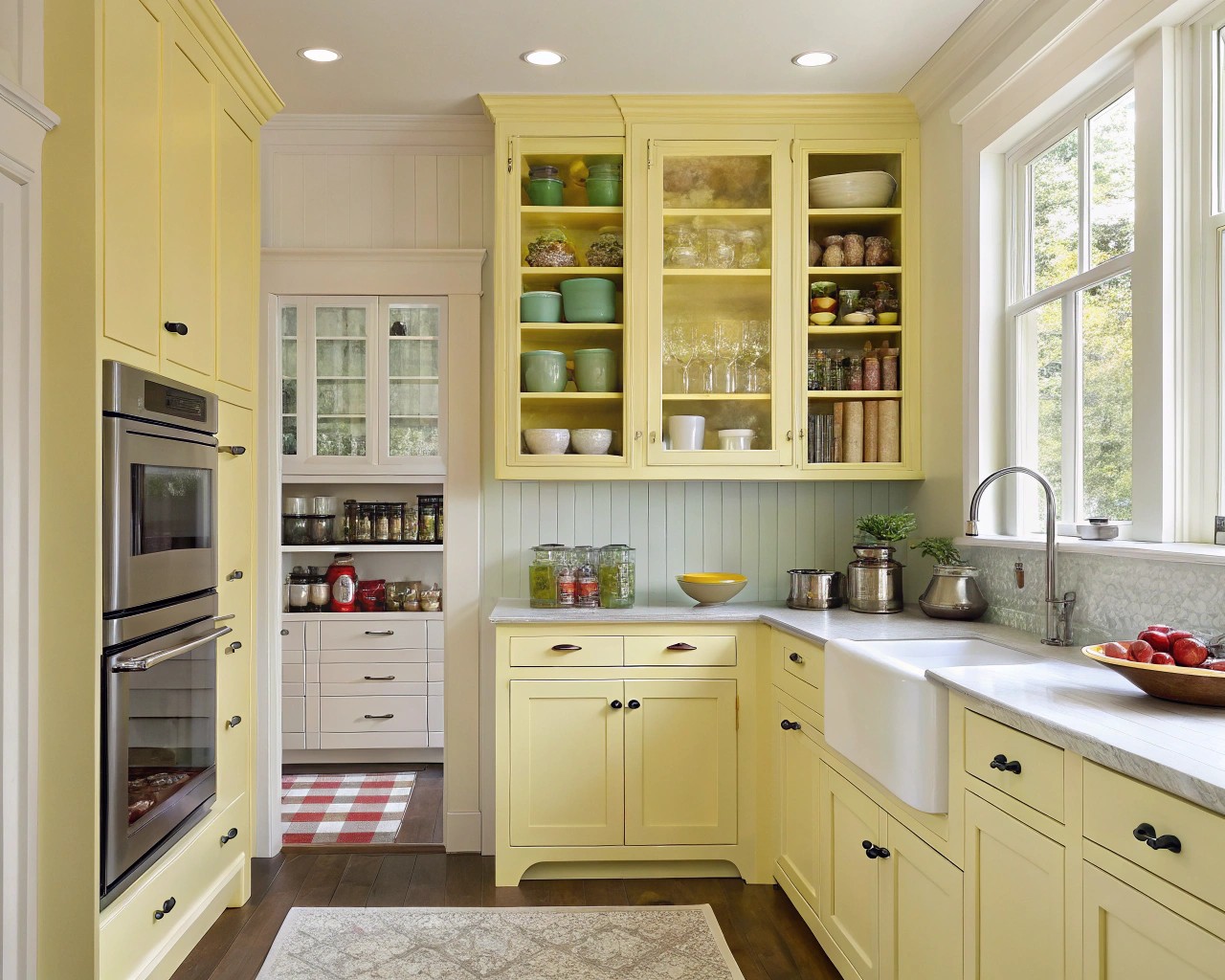
Tired kitchen cabinets don’t necessarily require replacement. Design experts often suggest simple fixes like applying paint, which can dramatically update outdated cabinets. Another popular and practical trend is removing some doors to create open shelving. Even just adding new handles or knobs can significantly refresh the look.
I worked with a family who couldn’t afford new cabinetry during their renovation. By removing select upper cabinet doors, painting the frames, and adding bracket supports, we created an open shelving system that showcased their colorful dishware while modernizing the kitchen for under $200.
Dining Area Reinventions
The dining area offers numerous repurposing possibilities:
- Sewing machine bases: An old sewing cabinet base can be repurposed, perhaps by adding a shelf unit, covering shelves, and painting, to create unique furniture.
- Mismatched chairs: Unify mismatched chairs with paint or coordinating reupholstered seats; this eclectic approach adds character and often sparks conversation.
- Ladder pot racks: An old ladder, or even a wheel, can be suspended from the ceiling to create a distinctive pot rack.
Bedroom Revivals: Creating Restful Character
Headboard Alternatives

The bed is typically the focal point of any bedroom, and a creative headboard can transform the entire space.
An antique door, for instance, can be transformed into a charming headboard. By sanding, painting or staining, and mounting it securely, you can add height and architectural interest to the bedroom affordably.
Other creative headboard options include:
- Window frames with or without glass
- Reclaimed wood planks arranged in patterns
- Vintage room dividers or screens
Storage with Style
Storage is always at a premium in bedrooms. Repurposed solutions add both function and style:
- Ladder shelving for books and decorative items
- Vintage suitcases stacked as nightstands with hidden storage
- Wall-mounted wooden crates for display and organization
Bathroom Refreshes: Small Space, Big Impact
Vanity Transformations

One highly impactful bathroom repurposing project involves converting an old dresser into a unique vanity. This is achieved by fitting it with a sink and faucet and ensuring the wood is properly sealed against moisture. The result is a distinctive piece far removed from standard bathroom fixtures.
While this project requires more technical skill than many repurposing efforts due to plumbing considerations, the results can be spectacular. I’ve guided several clients through this transformation, and their custom vanities always become the most complimented feature in their homes.
Creative Storage Solutions
In bathrooms, where space is often at a premium, think vertically and decoratively:
- Mounting mason jars on reclaimed wood creates handy holders for toothbrushes or storage for cotton balls and swabs.
- Old ladders can be repurposed as towel racks, lending rustic charm to the space.
- Substituting offbeat items, such as an old ladder, for conventional towel rods adds unique character.
Garden and Outdoor Spaces: Where Repurposing Thrives
The garden offers perhaps the most forgiving canvas for repurposing experiments, as weathering and imperfections often enhance rather than detract from outdoor items.
Creative Planters and Containers
“Just about anything can be a plant pot,” according to Harriet in Ideal Home. She suggests using items like old china, ceramics, food containers, bottles, and tins for planting herbs and flowers in the garden.
From my experience working with clients, the most successful container gardens combine unexpected elements with appropriate plant selection:
- Vintage colanders and strainers (providing perfect drainage)
- Teapots used as whimsical plant holders.
- Broken terracotta pots arranged to create charming fairy gardens.
- Antique birdcages filled with cascading flowers.
Garden Structures with History
Larger architectural elements find new purpose in the garden:
- Creating pergolas using old window frames.
- Crafting unique structures like a three-door potting shed, perhaps using salvaged glazed doors, scaffold boards, and corrugated tin for a quirky and functional shelter.
- Constructing outdoor sofas and seating areas from wooden pallets.
One of my favorite projects involved helping a client transform an old bicycle into a garden focal point. “A rusty bicycle can become a nostalgic planter” by mounting it securely and using the basket and rear rack as planting spaces. This preserved a cherished possession while creating a whimsical garden feature.
Interior Architecture: Structural Repurposing
Some repurposing projects move beyond decoration into more substantial architectural elements, requiring greater skill but offering dramatic results.
Doors and Windows Reimagined
Architectural salvage can transform interior spaces:
- Using window frames as room dividers; one example involves an old frame separating basement areas like a sitting room and craft space effectively and affordably.
- Barn doors mounted on sliding hardware for space-saving room separation
- Modifying existing room dividers, for instance by replacing panels with chicken wire, can create unique display areas for photos or artwork.
Flooring and Ceiling Features
Look to salvage yards and demolition sites for materials that can transform floors and ceilings:
- Reclaimed wood flooring from barns or factories
- Tin ceiling tiles repurposed as wall art or backsplashes
- Salvaged architectural elements incorporated into ceiling designs
Lighting Innovations: Illuminating Creativity
DIY Pendant Lights

Creative lighting transforms spaces and offers endless repurposing possibilities:
- Suspending strings of bottle lights over a dining table can add a touch of sparkle.
- Artists have transformed materials like old wooden blinds into creative pendant lamps.
- Kitchenware such as colanders and kettles can be repurposed into charming light fixtures (or hanging planters).
Table and Floor Lamps
According to Family Handyman, “A homemade book lamp will provide the most amazing vintage touch in any room”. Other creative lamp bases include:
- Vintage cameras mounted on tripods
- An old teapot finding new life as a planter or lamp base.
- Industrial pipes and fittings
Environmental Impact: Beyond Aesthetics
Repurposing is more than a design choice—it’s an environmental statement. As noted by the Ellen MacArthur Foundation, “a reuse revolution is critical to tackle the plastic crisis”. The same principle applies to all household goods—reuse takes precedence over recycling.
The environmental benefits are significant:
- Reduces landfill waste and extends product lifecycles
- Decreases demand for new manufacturing
- Lowers carbon footprint compared to new purchases
- Preserves the embodied energy of existing items
By diverting waste from landfills and finding new value in discarded goods, repurposing supports a circular economy model, keeping materials and products in use longer.
Client Case Study: The Whole-Home Transformation
One of my most memorable projects involved working with a young couple who had inherited a house filled with outdated furniture from grandparents. Rather than starting fresh with new pieces, we embarked on a whole-home transformation:
- The heavy wooden dining set was separated—chairs were reupholstered for use throughout the house, while the table was refinished with a lighter stain
- A massive china cabinet was divided: the base became a bathroom vanity, while the top sections were mounted as kitchen storage
- Vintage suitcases stacked became bedside tables with hidden storage
- Old window frames were hung as wall art, with family photos mounted inside
- A collection of chipped teacups became succulent planters for windowsills
The result was a home that honored family history while reflecting the couple’s contemporary aesthetic—all while saving thousands of dollars and preventing usable items from entering landfills.
Getting Started: Your Repurposing Roadmap
If you’re inspired to begin your own repurposing revolution, follow this simple process:
- Start small: Begin with simpler projects to build confidence and skills
- Shop your home first: Tour your own house to identify items you no longer use or appreciate in their current form.
- Look for “good bones”: Evaluate potential items by looking past surface flaws to determine if the underlying structure or material justifies the effort to upcycle.
- Build your tool collection gradually: Invest in quality basics and add specialty tools as needed
- Connect with your community: Join buy-nothing groups, visit architectural salvage stores, and attend estate sales
- Document your process: Take before and after photos to celebrate your achievements
